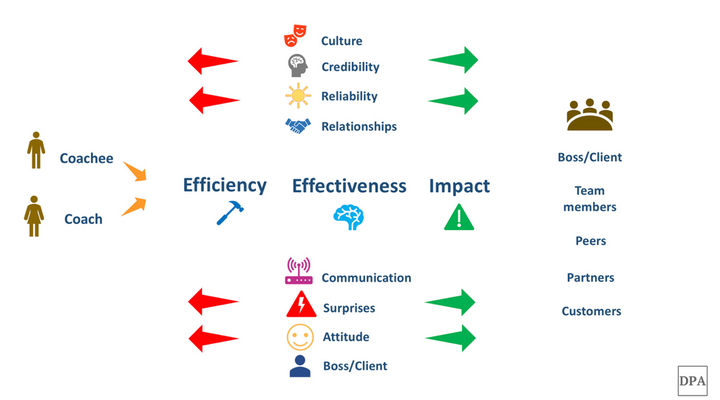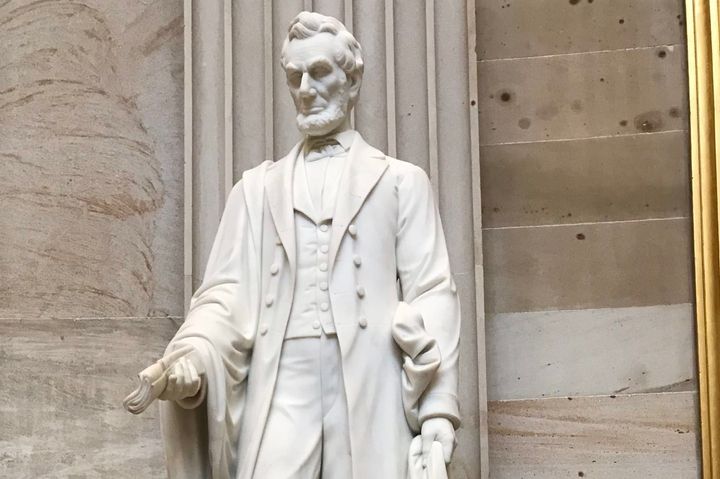The saying that we judge others by their behaviors and ourselves by our intentions is a coachable point I’ve made countless times. By itself, it distinguishes between observable behaviors and initial insight into how we and others define what things mean. However, it doesn’t go beyond awareness to develop an approach that helps us communicate more effectively.
Taking it a step further, we often misinterpret the intentions and the observed behavior leading to confusion and misunderstanding. Doesn’t this statement challenge what we see plainly with our eyes? Absolutely!
We don’t see things as they are but only as we are. Our experiences, culture, expectations, and surroundings help us form our unique identity. Identities comprised of values, beliefs, and mental models which become the lenses or filters we use to view the world.
Perhaps you’ve experienced a heartfelt apology that went wrong or a partner or colleague that reacted in a surprising way to your words. Maybe your decision to stay silent was your way of creating safety and being respectful, but the other person interpreted it as you pulling away and abandoning them.
Why would they define it that way? Because they experienced the emotions of abandonment before and something about the situation triggered that memory. It had less to do with your words than it did their lens, but our default is to focus on what the other person said or did, rather than our subconscious filters.
So what do we do instead?
Pause to listen. The first challenge in communication is pausing long enough to hear someone. This act gives us the gift of time to consider what is said and to think about the next words out of our mouths. The pause provides the gap necessary to substitute a conscious thought for the first, unconscious, and often unhelpful one created within the moment.
Notice. Rather than jump to a solution, take the time to notice what is going on. This action is especially helpful over several conversations. An achiever mindset is an enemy that drives us to get it done, check it off the list, and move to the next thing. The best outcome requires us to resist the urgency of the achiever.
This step values effectively connecting with the other person over efficiency. If we don’t understand more about how they see the world and the current discussion, we are left to guess what to say and how the words may impact them when they land.
Be curious. Curiosity is a powerful tool. My 4-year old great niece said to me at breakfast that she talks to her dessert shelf. I asked what the dessert shelf says to her. So began a conversation between me and the dessert shelf which was translated by my great niece. The result, both Oreos and chocolate chip are the dessert shelf’s favorite cookies. A curiosity and creativity that is so natural at 4 and so rare at 40.
The state of curiosity leads us to the next step.
Ask a question. When somebody reacts differently than we expected, the surprise often triggers defensiveness. We can go into silence which is, almost always, unhelpful. Alternatively, we can ask a question, “Your reaction surprised me. May I explain what I was trying to say and see if that helps?” This question serves multiple purposes by creating safety, building credibility, and leaving the discussion with a better relationship.
Practice resilience. If the subject and the relationship are important to us, it pays for us to persist and try a different approach with the other person. Persisting feels risky at times and leads us to retreat rather than advance. However, it shows courage and respect to restore safety and demonstrate we care enough to risk being wrong.
Given the complexity of human emotions and behavior, we will never be 100% successful in our communication, but following these steps significantly improves our odds.



